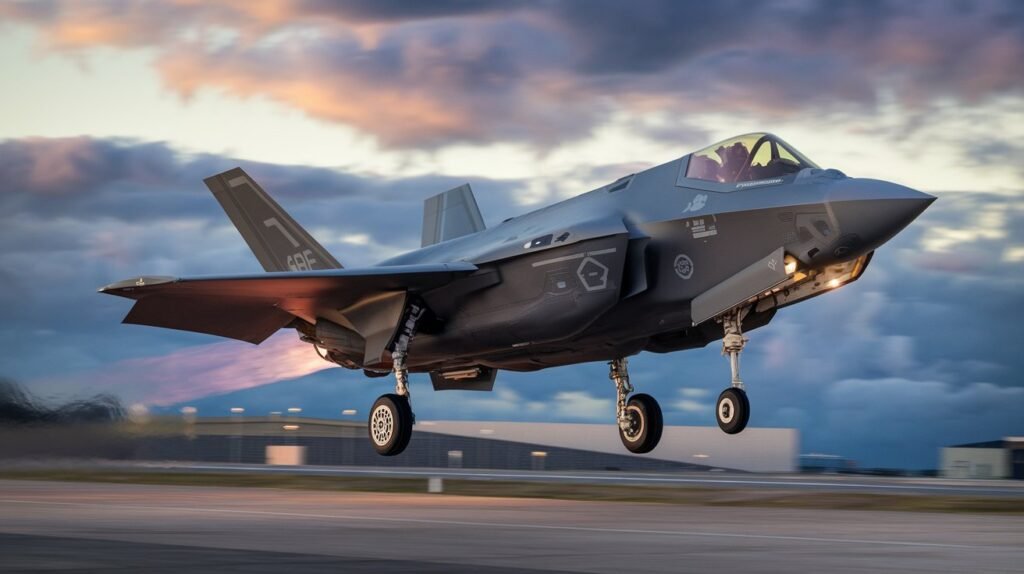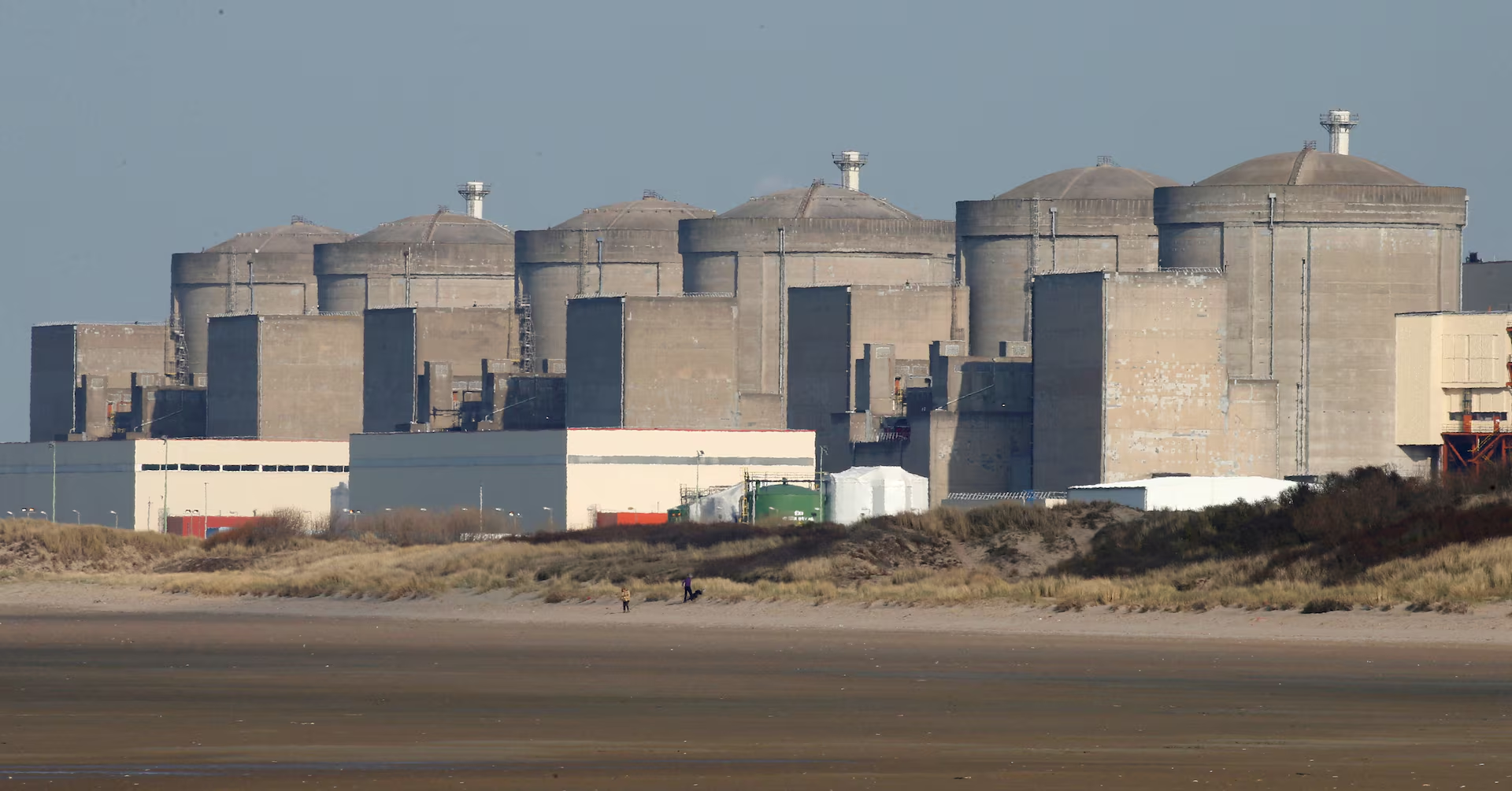Japan’s deployment of advanced F-35B stealth fighter jets has triggered serious concern in China, as these powerful aircraft significantly boost Japan’s military strength.
The high speed, stealth design, and vertical landing ability of the F-35B appear to challenge China’s defence posture, raising fears of a regional power shift.
Security analysts say China, despite being a vast and developed nation, views this move from smaller Japan as a potential threat to its strategic dominance.
Could Japan’s F-35B Deployment Reshape the Balance of Power?
Japan recently stationed the F-35B aircraft at the New Tabaru Air Base in Miyazaki Province, a decision China warns could disturb regional peace and stability.
These stealth fighter jets, designed to evade radar detection, enhance Japan’s capability to respond swiftly in contested zones, complicating China’s regional security calculations.
Japan’s Ministry of Defence originally intended to position the F-35Bs at New Tabaru in 2024, but delivery delays from the United States postponed their arrival.
How Many F-35Bs Will Japan Operate?
The Japan Air Self-Defense Force confirms it will acquire 42 F-35Bs, with eight units assigned to the base for rapid deployment readiness in critical scenarios.
In the first operational batch, three of the four delivered jets flew to Guam under the command of experienced American pilots, ensuring smooth operational integration.

Chinese state media outlet Global Times cites experts claiming Japan’s posture is shifting from purely defensive measures toward more proactive, potentially offensive military capabilities.
Why Is China Calling It a Threat to Peace?
Analysts believe this capability expansion will allow Japan to project force deeper into the Pacific, raising concerns for China and altering strategic power balances.
Zhang Jun, a Chinese military affairs expert, argues Japan is leveraging the so-called “China threat” narrative as justification for its growing military reach.
The F-35B stands out as a highly advanced, multi-role fighter jet developed by the United States to excel in modern, high-risk combat environments worldwide.
What Makes the F-35B So Special?
Its hallmark feature is the ability to take off from short runways and land vertically, a capability Japan’s fleet has never possessed until now.
This vertical take-off and landing advantage enables deployment from small island bases or aircraft carriers, expanding operational flexibility for Japan’s air defence strategy.
China’s unease stems from how such technology could enable Japan to respond more quickly and aggressively in contested areas across the Asia-Pacific region.
Military observers note that this deployment coincides with Japan’s broader defence reforms, including closer security cooperation with the United States and regional allies.
These jets could also integrate with allied systems for joint missions, enhancing deterrence but potentially escalating tensions with Beijing over disputed territories and airspace.
Supporters in Japan argue the F-35Bs strengthen deterrence against threats, ensuring readiness in the face of unpredictable security challenges across maritime and air domains.
However, critics warn the move risks fuelling an arms race in East Asia, as neighbouring powers adjust their own military postures in response.
The United States, as Japan’s defence partner, supports this capability expansion, seeing it as a key part of maintaining a stable security architecture in the Indo-Pacific.
Yet China interprets the move as aggressive, framing it as evidence of Japan’s intent to project power beyond its traditionally defensive stance.
This strategic disagreement reflects a deeper regional rivalry, where advanced military technology often becomes both a deterrent and a source of tension.
Ultimately, the F-35B’s arrival marks a significant shift in Japan’s defence capabilities, one that will continue to influence Asia-Pacific security dynamics for years ahead.
For now, the world watches as Japan strengthens its air power and China recalibrates its strategy to address this emerging challenge in the Pacific.





3 thoughts on “Is China Nervous About Japan’s New F-35B Stealth Jets?”